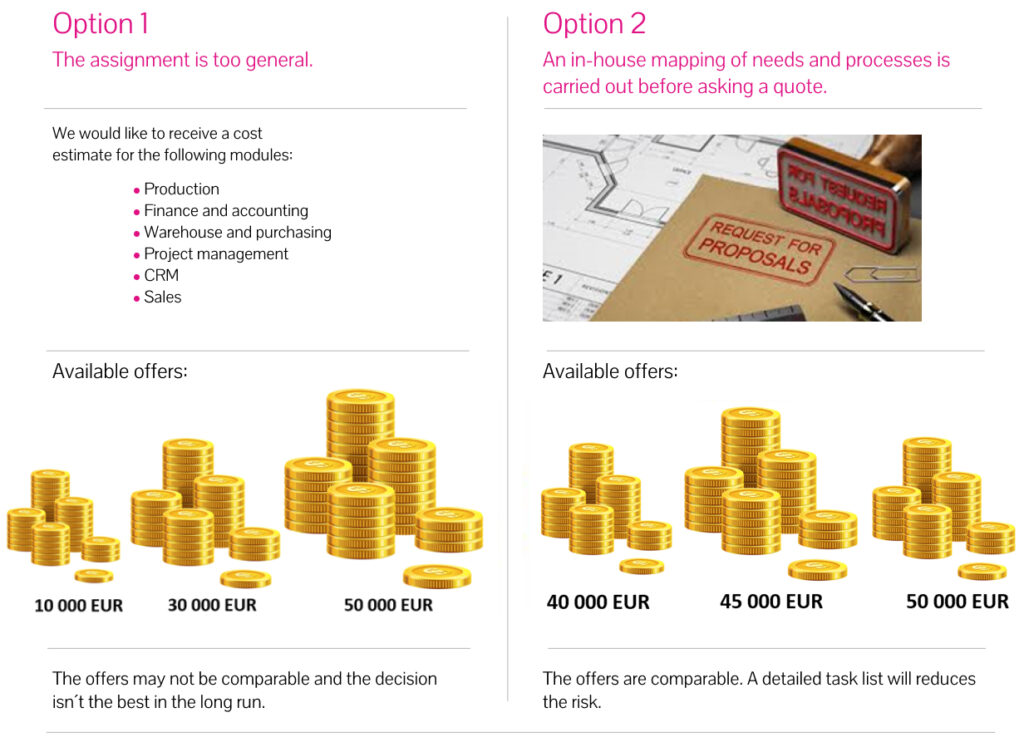How much does it cost?
Source: Äri-IT, Spring 2022
Author: Leho Hermann, Sales manager at BCS Itera
Buying a car and an ERP software have a lot in common – in both cases, several steps need to be completed before the transaction is successful.

How much does a car cost? A house? Repairs? Enterprise Resource Planning (ERP) software? Simple questions, but not so easy to answer. And this is primarily because these terms can be interpreted in different ways according to people’s expectations, experiences, etc. Simply put, an ERP implementation project can cost between 10,000 and 110,000 euros.
While the average Estonian buys a car three to four times in their lifetime and gains certain experience from it, with ERP projects, this experience is mostly limited to one or none at all. Some research is done before selecting a car: what type of vehicle, what accessories, what engine power, etc. Thanks to this, the wide selection can be narrowed down and the person can focus on only those providers that meet the selected criteria.
HOW TO AVOID GAMBLING, I.E. REQUEST FOR PROPOSAL
The same logic applies to the ERP purchasing process – proper research ensures a successful end result. The largest share of the investment in ERP is the implementation project, i.e. services provided by the partner. Input from the client is required to estimate the volume of the implementation project as accurately as possible.
If the client does not contribute to writing down their processes and needs at the beginning, the partner will have to ask for this information anyway. And if this is done by different providers and at several times, it ultimately wastes everyone’s time and could be avoided. At the same time, if the task description is too general (see option 1 in the table below), it leaves too much room for interpretation and ultimately the proposed solutions and budgets do not match at all. Making a decision based on this can be somewhat of a gamble.
If the customer does not express their wish to introduce a financial module, for example, it may seem clear to the person asking the questions; however, it raises a host of other questions for the ERP provider. Do they want to implement budgeting? Is consolidation required? Are automatic cut-offs needed? Can bank receipts be received manually or could they be automated? Are cash flows forecasted and how? Should invoices be sent digitally? Should expense invoices have workflow and if so, what logic should it be based on? Etc.
Each of these questions affects the cost of the ERP and if these are not written down, a less experienced provider may not know that there is a need for it and not include it in the budget. A more experienced provider will do this and therefore submit a higher offer.
Therefore, we definitely recommend to submit a request for proposal as the first step, either on your own or with the help of a third-party partner. We should once again emphasise that this saves time and money for everybody.
CONTENT OF THE REQUEST FOR PROPOSAL
The following should be written down:
-
Description of company processes
This helps the potential partner to better understand the peculiarities of the business and the logic of operation. As stated, this may all seem so natural to the customer that it is not even worth mentioning, however, every piece of information is helpful for an outsider. In addition, the current solutions and which process steps they cover could be described.
-
Peculiarities arising from the business field
These are usually the aspects that can affect the budget the most. For example, suppliers have specific formats for how they exchange their documents, or the customers of customers want them to have sales documents in a specific format with specific information, or production has a certain logic for cost calculation, etc.
-
Current bottlenecks
Each process has its own areas that a customer buying new software sees as bottlenecks in their current daily activities and which would have an immediate effect if done differently in the new software.
-
Requirements for the future
It is okay to dream – if the customer has ideas for how certain things could be solved in the future, this is a great input for discussion regarding the new solution. You just have to keep your feet on the ground and keep in mind that fulfilling all of the wishes immediately may not be the most sensible thing in terms of resources and finances.
The more structured the basic information is, the greater the probability that proposals from partners are realistic and no one has to start arguing over what someone thought or assumed halfway through the project.

